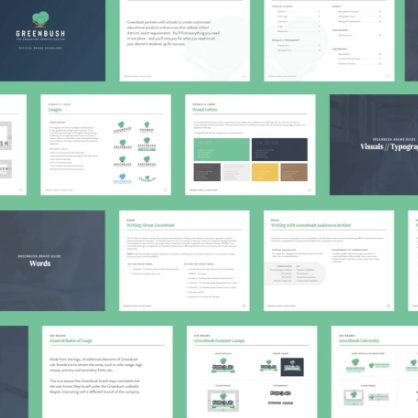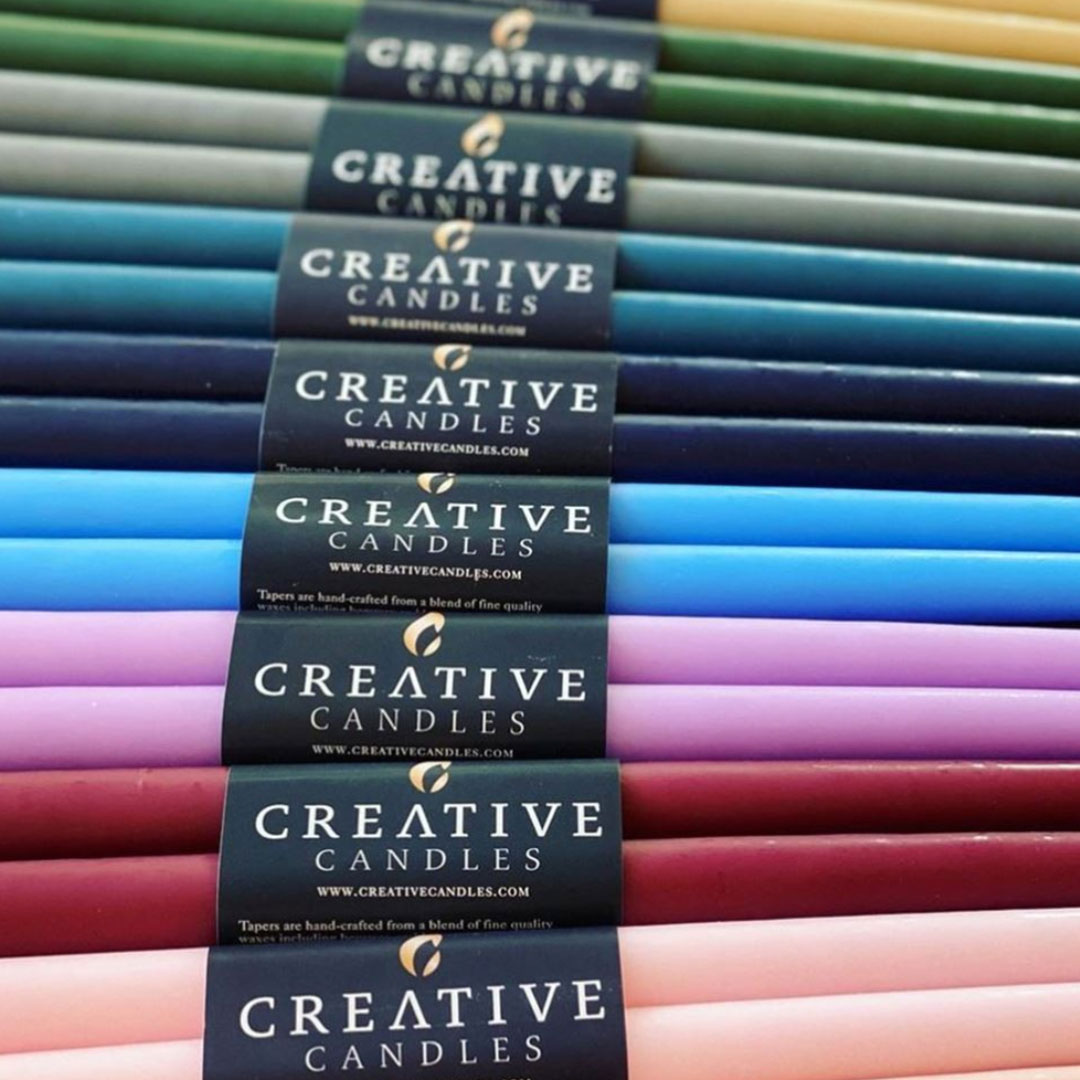
First, make your brand meaningful.
Then, it becomes
valuable.
valuable.
Good branding means everything. Truly, it does. It’s the difference between being a forgettable business vs a company that customers turn to because of who you are in addition to what you sell. We want to make your brand memorable and meaningful.
Brand Foundations

CORE VALUES
We’ll discuss and define the heartbeat of your brand, the compass for its journey, and the values driving every decision.

MISSION & VISION
Together, we shape and refine your guiding promise today, and the dream you’re chasing for tomorrow.

BRAND ARCHETYPE
We’ll uncover which universally recognizable archetype you align with that embodies your values, personality, and the role you can play for your audience.
Brand Strategy

MARKET ANALYSIS
We’ll apply a magnifying glass to the marketplace, revealing the desires and dynamics of customers and competitors alike.

CUSTOMER IDENTIFICATION
After analysis, we decipher the marketplace to pinpoint and zero in on your ideal audience.

BRAND POSITIONING
We’ll identify the unique space your brand can own to ensure it resonates above the chorus of competitors.
Visual Identity

LOGO CREATION
We’ll distill your brand’s essence into a singular, captivating emblem that tells its story at first glance.

COLOR PALETTE & TYPOGRAPHY
You’ll have a visual vocabulary that gives emotion and expression to every conversation your brand has with its audience.

BRAND GUIDELINES
Consistent storytelling is critical and brand guidelines are the blueprint that will ensure your brand is always presented in its best light.
Brand Messaging

Brand Character
Together, we’ll identify the key personality traits that define your brand and need to be present in every interaction.

Copy Style Guidelines
You’ll have clear guidance on key messaging and how to present your brand voice while leaving room for adaptation as your brand grows.
How it all comes together

“Everything has been great. The people, their product, and the process have been terrific. We wouldn’t change a thing.”



